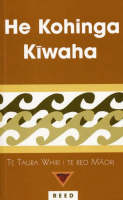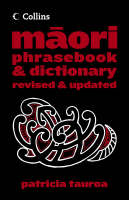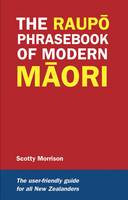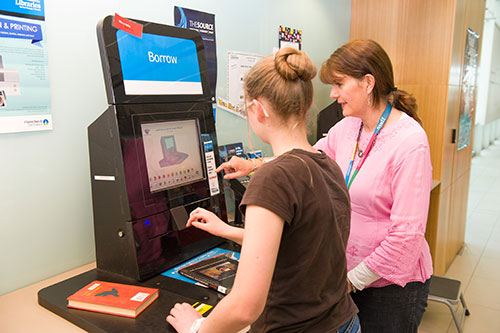For Te Wiki o Te Reo Māori we’ve been suggesting ways to help improve your te reo Māori skills.
Learning kupu (words) and wetereo (grammar) are obviously quite important if you’re trying to strengthen your reo. But phrases (idioms or colloquial sayings) can also be really helpful and add a bit of flourish to your conversations.
Try out some of the these:
tapatapahi ana
Meaning: Flash, stylie, stylish, smart, with-it, outstanding, remarkable, inspired, creative, primo
– An idiom to express appreciation of attractiveness of something that has been created.
Everyday use:
Damien: Tapatapahi ana! Those are mean sunglasses Kat, where did you get them?
kei runga noa atu [koe]
Meaning: [You’re] top-notch! [You’re] great! [You’re] too much! [You’re] outstanding! [You’re] on to it! [You’re] the bomb!
– An idiom praising someone for his/her outstanding work.
Everyday use:
Denise: Man, I just cleaned up the worst mess in the public toilet!
Maatakiwi: auē, kei runga noa atu koe e hine! Far out that’s gross, but you’re really on to it Denise, awesome work!
me rawa ake
Meaning: Very soon, next minute
Everyday use:
Rochelle: Left my scooter outside the Dairy, mea rawa ake, someone stole it!
paia!
Meaning: Awesome
Everyday use:
Tania: Paia! Tūranga, the new central library opens on Friday 12th October, can’t wait!
āna
Meaning: (Interjection) yes, yes indeed, just so! Yes it is! Yeah, agreed
– a supportive response to a statement or question.
Everyday use:
Damien: Did you see the game on Saturday, man Joe Moody was on fire!
Kate: Āna! He was spectacular.
he raru kei te haere
Meaning: trouble is on the horizon / trouble is brewing
– an expression indicating a problem is about to occur.
Everyday use:
Alan: Oh heck, he raru kei te haere, look at Kim’s face.
Fiona: True! Might be a good time to go for a coffee.
me noa ake au!
Meaning: Just saying / my suggestion
Everyday use:
Julia: Bronwyn makes the best sausage rolls ever, me noa ake au!
Find out more
Throughout Te Wiki o te Reo Māori we’ll be blogging about ways you can help strengthen the reo.
In the library collection
- Find titles on Te reo Māori terms and phrases
Collated by Damien Taylor for Ngā Kaiāwhina

























 Dad, being an immigrant from Naples, Italy, grew exotic huawhenua. Vegetables such as Capsicum, Spinach, Aubergine, Italian Parsley, Radish, Globe Artichoke, Acid Free Italian tomatoes, Basil, Garlic. He even harvested the marrows before they grew to their full size. Unheard of in those days, we now have a name for immature marrows. Courgettes. Occasionally, for lunch, dad would snap a few flowers off the marrow plant, heat some olive oil in our dinged up fry pan and after sautéing garlic he would add the beautiful yellow flowers for 2-3 minutes. Add a sprinkle of salt. Courgette Napolitano style! Kai tino pai!
Dad, being an immigrant from Naples, Italy, grew exotic huawhenua. Vegetables such as Capsicum, Spinach, Aubergine, Italian Parsley, Radish, Globe Artichoke, Acid Free Italian tomatoes, Basil, Garlic. He even harvested the marrows before they grew to their full size. Unheard of in those days, we now have a name for immature marrows. Courgettes. Occasionally, for lunch, dad would snap a few flowers off the marrow plant, heat some olive oil in our dinged up fry pan and after sautéing garlic he would add the beautiful yellow flowers for 2-3 minutes. Add a sprinkle of salt. Courgette Napolitano style! Kai tino pai!




